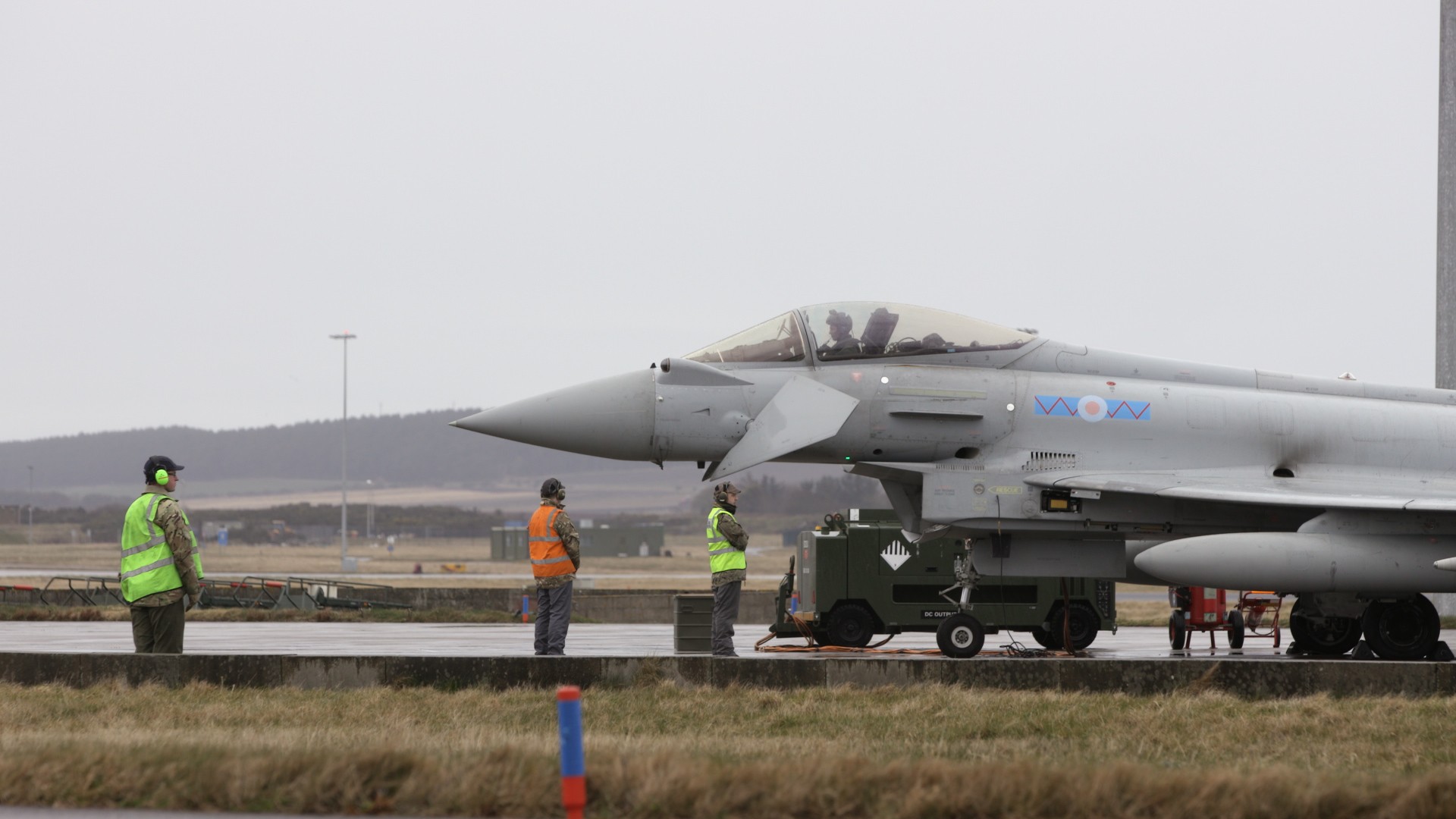Getty Images
Russian President Vladimir Putin warned Europe Wednesday that any country accepting new U.S. nukes on its territory risks a retaliatory strike from Moscow.The threat came as NATO launched its largest war games exercise since the Cold War Thursday, with more than 50,000 personnel from 31 countries drilling a mock invasion of Norway.Putin was responding to President Donald Trump’s call Sunday for the U.S. to withdraw from from the 1987 Intermediate-Range Nuclear Forces (INF) Treaty, credited with ending an arms race between the U.S. and the Soviet Union in the dying years of the Cold War.Trump pledged Tuesday to build up the U.S. nuclear stockpile in a deterrence posture against Russia and China.The Russia president said that the Kremlin’s response to such a move would be “very quick and effective.”“There would be nothing left except an arms race,” he said.Speaking at a news conference in Moscow after talks with Italian Prime Minister Giuseppe Conte, Putin said Washington’s exit from the treaty would be “very dangerous,” adding, “If the United States does withdraw from the INF treaty, the main question is what they will do with these newly available missiles?”“If they are supplied to Europe, then of course we will have to respond in kind, and the European countries that agree to this — if things come to this — should understand that they will be subjecting their own territory to the threat of a possible retaliatory strike,” he added.Signed in 1987 by the U.S. and the Soviet Union, the deal banned both sides from making, possessing or testing ground-launched missiles with a range of 500 to 5,500 kilometers — the type of weapons that would most likely be used in a hypothetical European conflict.But Trump has threatened to pull out of the treaty due to alleged Russian violations of the deal. The U.S. says the Kremlin has a new medium-range missile called the Novator 9M729 that violates the agreement — although the Kremlin denies that the new missile is in breach of the pact.READ: Putin wants to raise Russia’s retirement age and the whole country hates itTrump has also cited China’s absence from the agreement as a reason to abandon the deal, leaving open the possibility of negotiating a replacement that included Beijing. But until then, Trump has vowed to build up the country’s nuclear stockpile. “It's a threat to whoever you want," he told reporters Monday.“And it includes China, and it includes Russia, and it includes anybody else that wants to play that game. You can't do that. You can't play that game on me.”Putin has said he will consider meeting Trump next month to discuss the issue.European governments have been critical of Trump’s threat, with German Foreign Minister Heiko Maas saying the treaty represented “an important pillar of our European security architecture.”But NATO Secretary-General Jens Stoltenberg, making his first comments on the issue in Brussels Wednesday, said he agreed with the U.S. assessment that Russia was probably in non-compliance with the treaty."We don't have an effective INF treaty if it's only respected by one party," he said.“All allies have strongly stated that we are concerned about the new missile and that the most plausible explanation is that Russia is in violation of the INF treaty.”But he said while NATO stood ready to defend against any threat, he played down concerns that the situation would lead to a new arms race, with new nuclear weapons deployed in Europe.Stoltenberg’s comments came at the launch of NATO’s Trident Juncture war games exercises, involving 50,000 troops, 250 aircraft and 10,000 land-based vehicles.The huge NATO show of force followed a massive Russian military exercise last month — the biggest since 1981 — which involved 300,000 troops near the Chinese border, and included drills with Chinese and Mongolian forces. Cover image: Russian President Vladimir Putin speeches during Russian-Italian meeting at the Kremlin on October 24, 2018 in Moscow, Russia. (Mikhail Svetlov/Getty Image)
Cover image: Russian President Vladimir Putin speeches during Russian-Italian meeting at the Kremlin on October 24, 2018 in Moscow, Russia. (Mikhail Svetlov/Getty Image)
Advertisement
What is the INF Treaty?
Advertisement
How have U.S. allies reacted?
